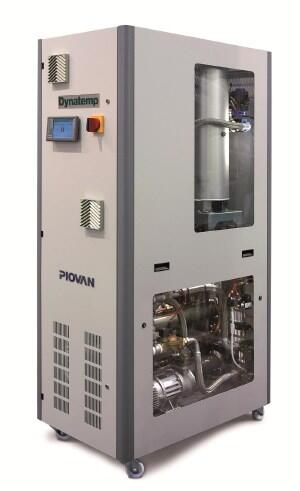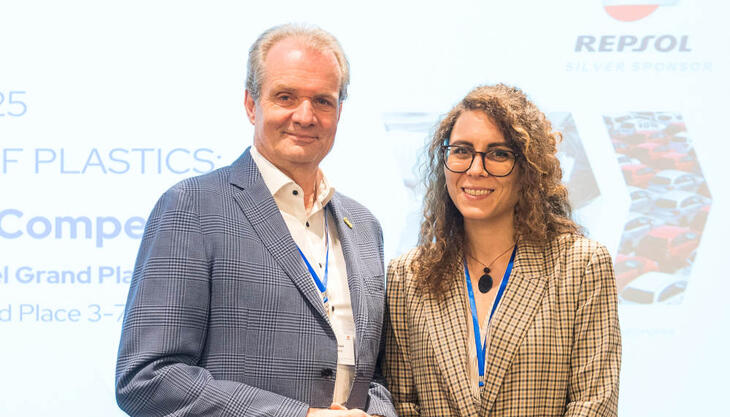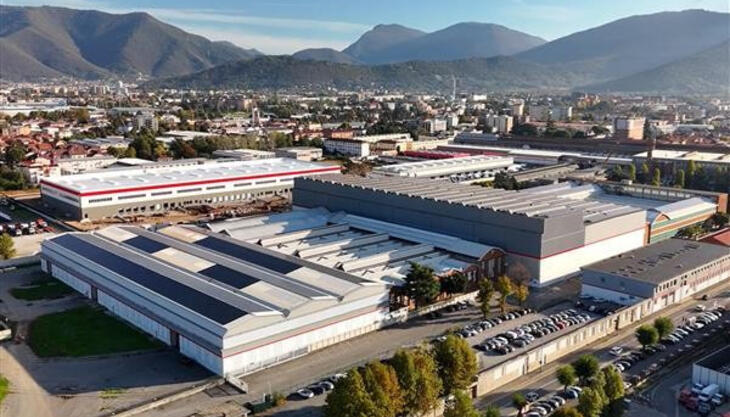Mould temperature control

The new Dynatemp system was developed by Piovan as a mould temperature control system with shaped ducts. The injection moulding machine targets applications with high melting points (such as new generation engineering plastics) or long glass-fibre reinforced parts, particularly critical for thermal and mechanical process conditions, often causing defects in the mouldings which therefore require functional or aesthetic surface finish treatment.
To overcome this problem, the new system uses pressurised water as cooling medium, and performs a two-stage process: in the first step, the mould is heated to facilitate the inflow of the melt and allow uniform mould filling, even in moulds with complex geometries, eliminating thermal stress. In the second step, the mould is cooled to allow the injected material to solidify. This facilitates the release of the part from the sides of the mould and thus makes it easier to eject.
The system, which can be used as auxiliary equipment with any type of injection moulding machine, has a control unit that heats the water by means of an electrical resistance and drives forced circulation in two separate circuits, one for heating and the other for cooling, under different temperature conditions: up to180°C in the heating stage and down to 20°C in the cooling stage. The system works automatically, according to set parameters, using software which, interfacing with the machine's working parameters, control the temperature and pressure values of the cooling medium.
Application of the system delivers advantages above all for the production process. The parts remain free of surface defects and irregularities, removing the basic requirement for any finishing processes, such as painting, resulting in time saving and lower production costs. The system is environmentally friendly, not only because it uses water, but also because it facilitates recycling of the material.
In economic terms, its advantage lies in the opportunity of reducing the clamping force for the mould compared with those needed when using traditional processes, under the same process conditions, in turn saving more energy.
















